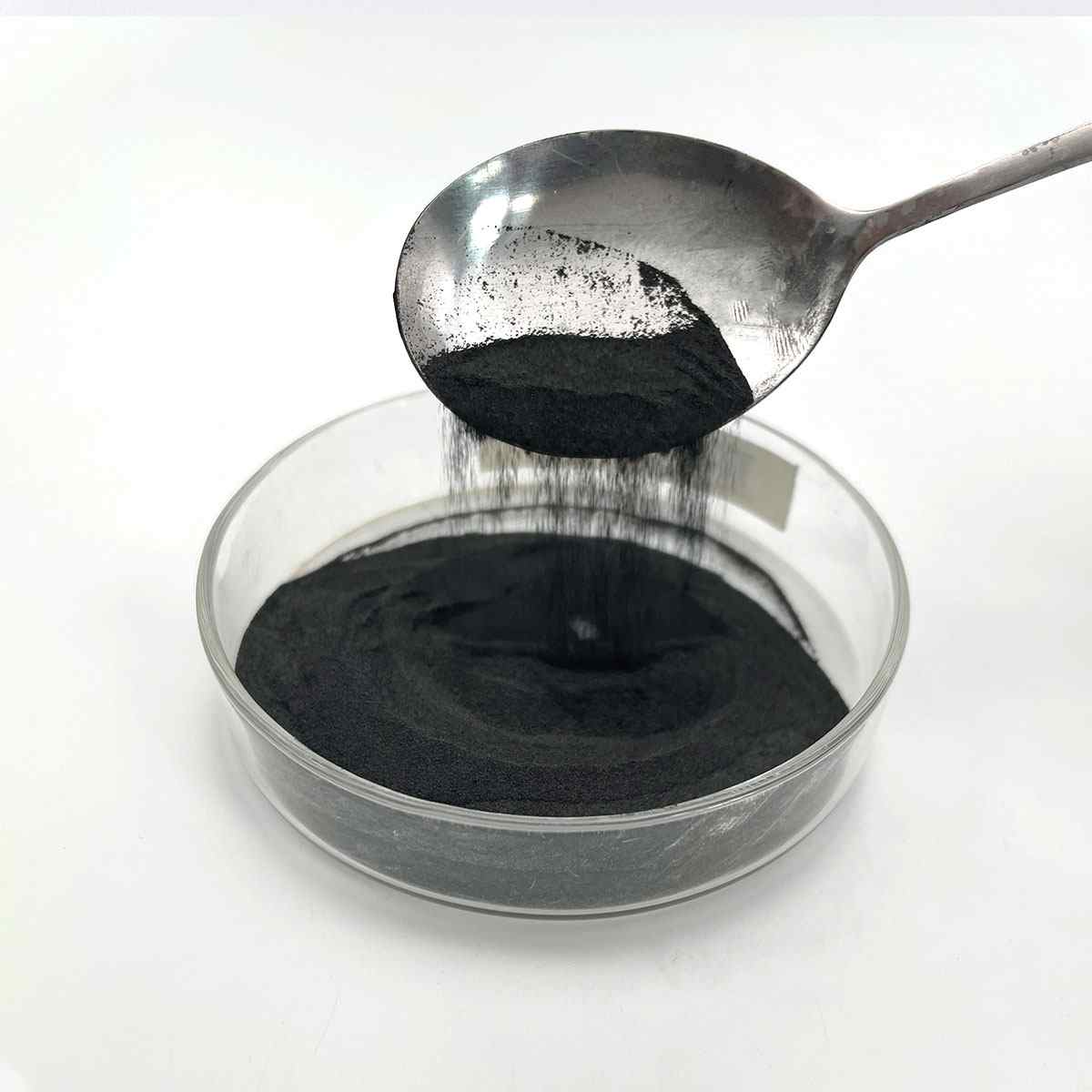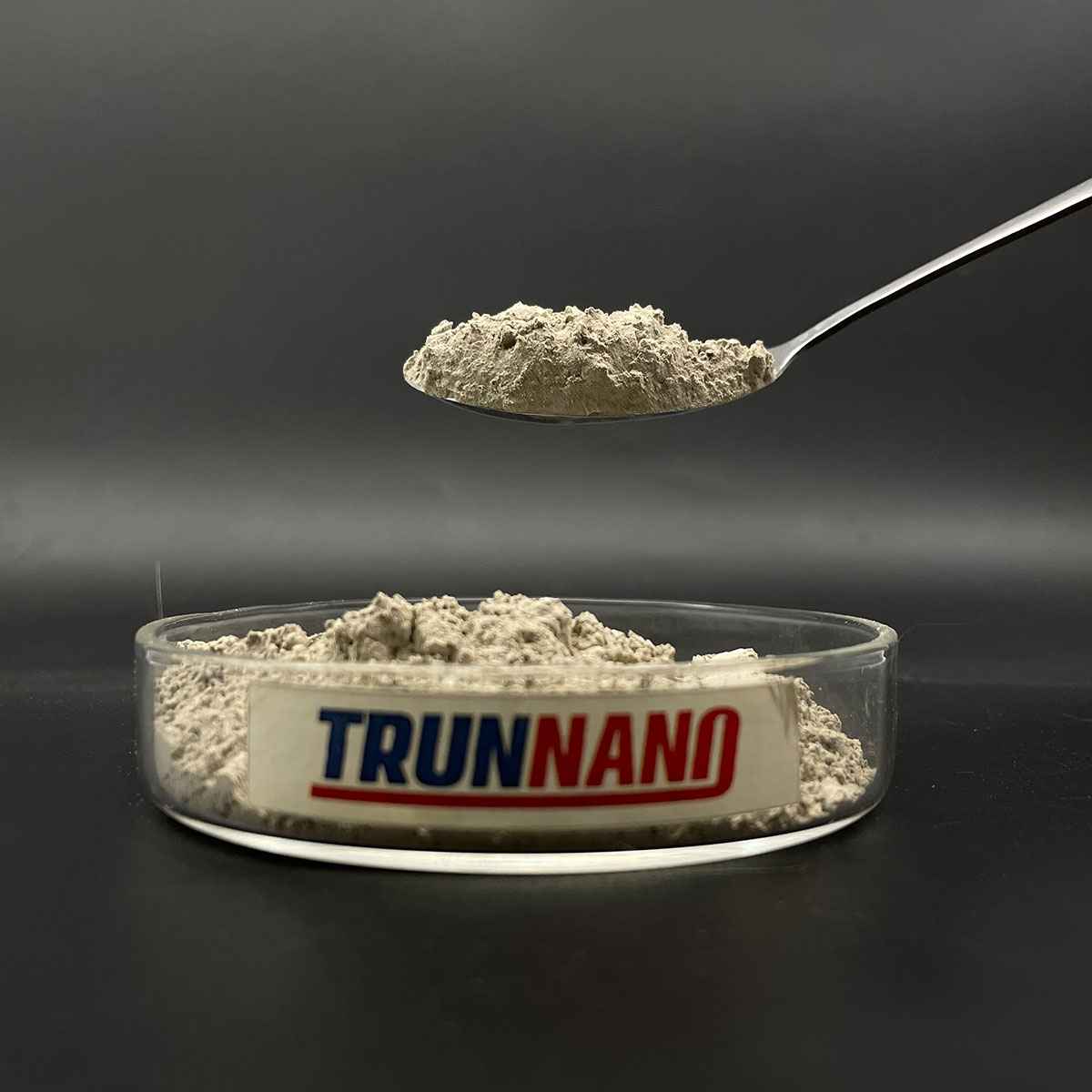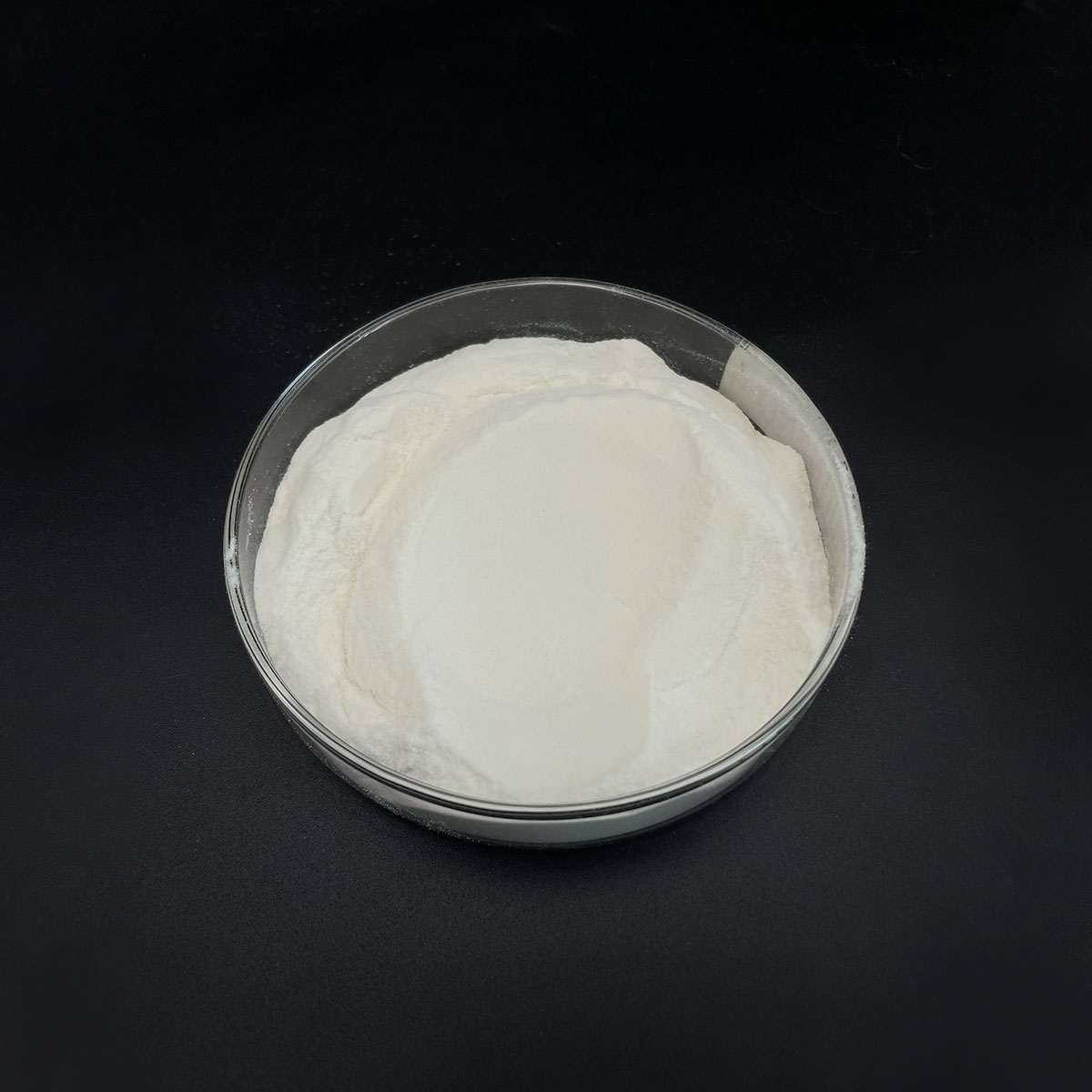Overview of Hot 99.99% CAS 1315-05-5 Sb2Se3 Powder Antimony Selenide
Telluride and selenide compounds play a significant role in the field of semiconductors, particularly in the development of advanced electronic and optoelectronic devices. These materials belong to the chalcogenide family, characterized by their ability to form compounds with elements from groups IV-VI in the periodic table.
Tellurides: Compounds containing tellurium (Te) as the chalcogen. Examples include cadmium telluride (CdTe), mercury telluride (HgTe), and zinc telluride (ZnTe). These materials have found applications in solar cells, infrared detectors, and high-speed electronics due to their tunable bandgap, high electron mobility, and good thermal stability.
Selenides: Similar to tellurides, but with selenium (Se) replacing tellurium. Notable examples are cadmium selenide (CdSe), gallium selenide (GaSe), and zinc selenide (ZnSe). Selenide compounds are widely used in light-emitting diodes (LEDs), laser diodes, and solar cells due to their direct bandgap properties and efficient light absorption/emission capabilities.
Feature of Hot 99.99% CAS 1315-05-5 Sb2Se3 Powder Antimony Selenide
Direct Bandgap: Many telluride and selenide semiconductors have direct bandgaps, which facilitate efficient light emission and absorption processes. This makes them suitable for optoelectronic applications such as LEDs and lasers.
Tunable Bandgap: The bandgap of these materials can be adjusted by alloying or altering the composition (e.g., CdSe to CdTe), enabling customization for specific device requirements across a wide spectrum of wavelengths.
High Electron Mobility: Materials like HgCdTe exhibit high electron mobility, which is crucial for high-speed electronic devices and low-noise detector applications.
Thermal Stability: Some tellurides and selenides, like ZnTe and ZnSe, demonstrate good thermal stability, making them suitable for high-temperature operation and processing.
Non-Toxic Alternatives: With increasing environmental concerns, there’s a push towards exploring less toxic alternatives to commonly used semiconductors. For instance, Cd-based tellurides and selenides are being replaced or combined with less toxic elements like Mg or Mn in some applications.

(Hot 99.99% CAS 1315-05-5 Sb2Se3 Powder Antimony Selenide)
Parameters of Hot 99.99% CAS 1315-05-5 Sb2Se3 Powder Antimony Selenide
Antimony Selenide (Sb2Se3), also known as Selenides of Antimony, is a compound composed of two atoms of antimony (Sb) chemically bonded to three selenium (Se) atoms. It has the chemical formula Sb2Se3 and a unique structural arrangement that makes it an intriguing material in various scientific and industrial applications.
CAS number 1315-05-5 serves as the unique identifier for this specific compound within the Chemical Abstracts Service (CAS) database, which is a widely recognized standard for cataloguing chemical substances. The 99.99% purity grade indicates that the product contains essentially no impurities, making it highly suitable for applications where high purity is essential.
Sb2Se3 exists primarily in a black crystalline form, with a hexagonal crystal structure, resembling graphite-like layers of selenium sandwiched between antimony planes. Its melting point is around 620°C (1148°F), demonstrating its thermal stability, which is crucial in applications where heat resistance is required.
This compound exhibits semiconductor properties, meaning it can act as either an n-type or p-type semiconductor depending on the stoichiometry and processing conditions. This property makes it attractive for electronic devices, such as photovoltaic cells, solar panels, and thermoelectric generators, where its ability to convert light into electricity or generate voltage from temperature differences can be utilized.
In addition to its electronic applications, Sb2Se3 finds use in flame retardants due to its fire-resistant nature. It can be incorporated into polymer composites to improve their flame-retardant properties without compromising mechanical strength or flexibility. Furthermore, it has potential applications in optoelectronics, where its photoconductivity and optical transparency at certain wavelengths make it suitable for light-emitting diodes (LEDs) and photodetectors.
In the field of glass manufacturing, Sb2Se3 can be used as an opacifier, imparting a dark, opaque appearance to glass products. It is also employed in the production of pigments, where its characteristic black color is valued in various industries, including cosmetics and automotive paints.
However, it’s important to note that antimony selenide can be toxic and should be handled with caution. Proper safety measures, including personal protective equipment and proper ventilation, must be in place when working with this substance.
In summary, Sb2Se3, with its CAS number 1315-05-5 and 99.99% purity, is a versatile material with a wide range of applications due to its unique properties, including semiconducting behavior, thermal stability, and flame-retardant characteristics. Its importance in various industries, from electronics to glass and pigment production, highlights its significance in modern technology and materials science.

(Hot 99.99% CAS 1315-05-5 Sb2Se3 Powder Antimony Selenide)
FAQ of Semiconductor Materials
Inquiry us






